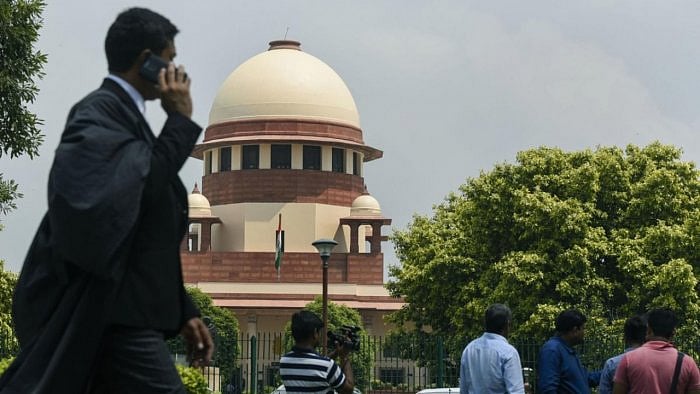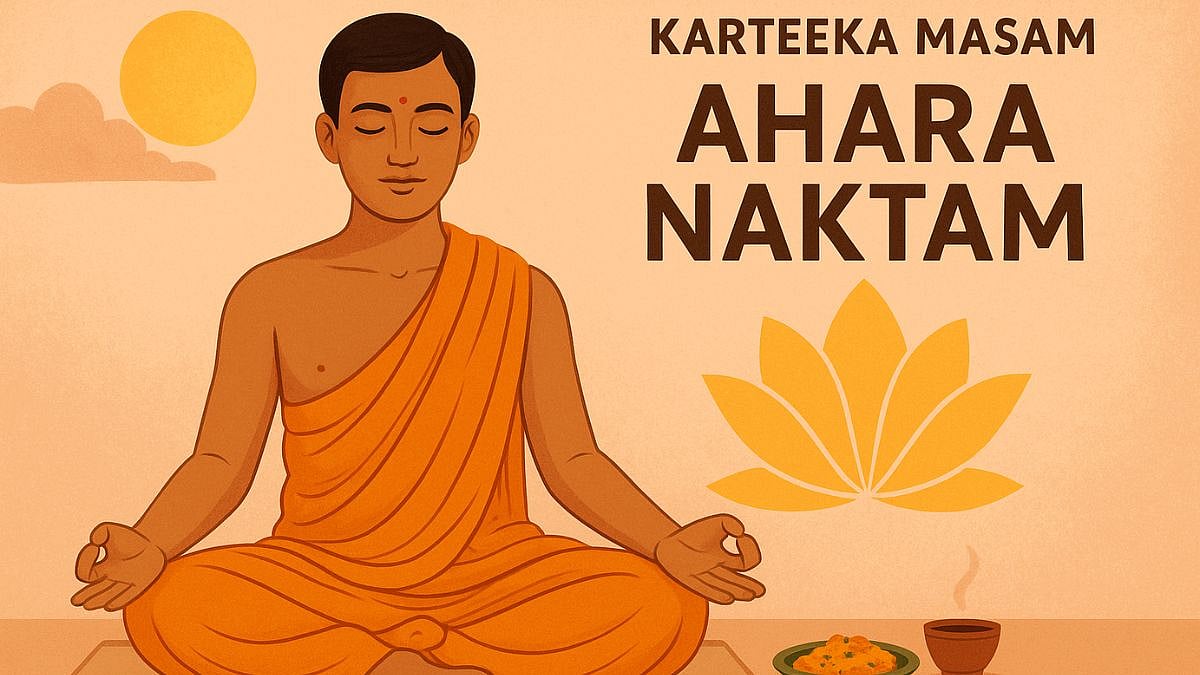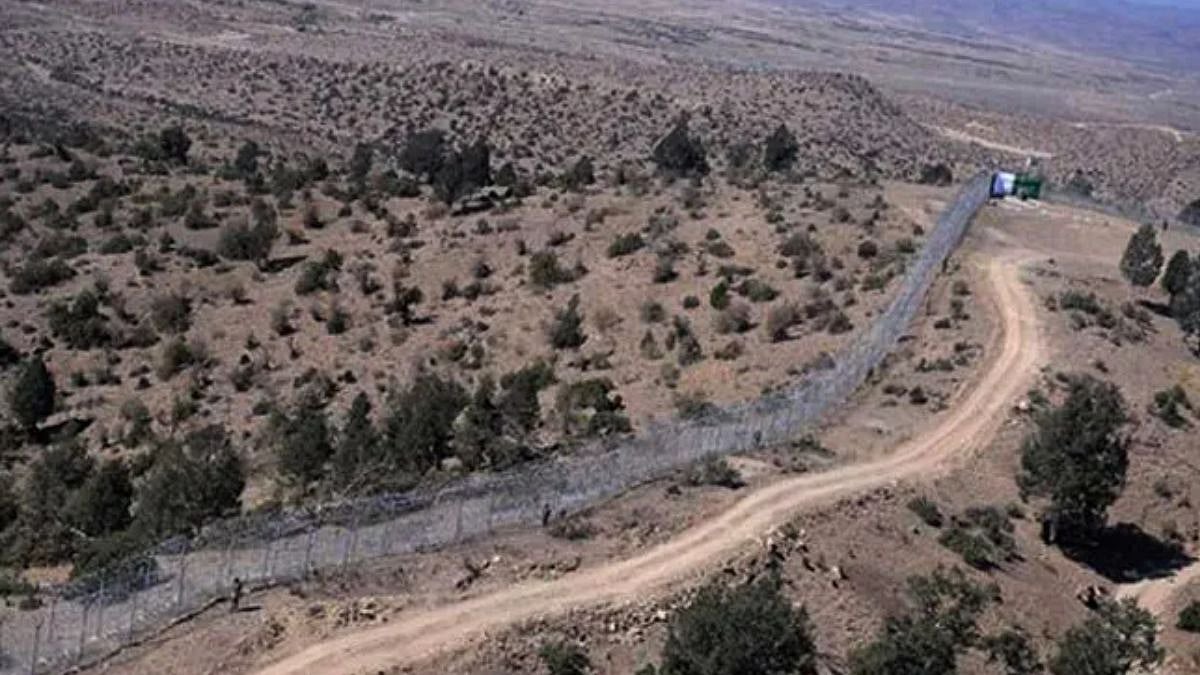If politics were an Olympics sport, India would’ve been assured of at least one gold medal at the Tokyo games in June 2021. As India reels under the diabolical comeback of the nasty vector, Covid-19, we are already back at our favourite spectator obsession; political mud-slinging.
A hostile slugfest has started between the ministry of health and non-BJP states, particularly Maharashtra. Conspiracy theories abound; is the BJP using MVA government’s patchy perception on virus management (the state accounts for more than 50 per cent of national cases) to destabilise its inherently fragile foundations? Fact is, Maharashtra tops vaccination charts, is testing aggressively, and was always susceptible owing to its humongous population density.
What we are witnessing is an embarrassing manifestation of the egregious pettiness of India’s politicians. The coronavirus cases crossed a disconcerting 169,000 a few days ago (cumulative over 13 million cases), the world’s highest, a dubious distinction by all means. Hospitals are choked, people are in panic, vaccine wastage is at 6.5 per cent, lockdowns are rampant across states and the mood is sombre, if not altogether dolorous. A dispassionate appraisal of where we have gone wrong is essential, minus the characteristic kvetching. I list 10 issues that highlight our current predicament and possible panaceas. It is time to bite the bullet instead of pussyfooting around.
1) INDIA BECAME COMPLACENT: The NDA government indulged in self-congratulations as India appeared to buck the trend in late January 2021, with aggregate cases below 10,000. Epidemiologists smugly talked of herd immunity and how both the USA and the UK (both devastated by a deadly second wave) could learn from our mystical land. They underestimated the unknown. We proudly claimed that our vaccine exports exceeded domestic usage; that showed a luminous lethargy. We are paying the price today for this apathy borne out of our arrogance. Herd immunity at 50 per cent ( an exaggerated figure, clearly) was never enough; we need to vaccinate 75 per cent of our people to defeat the virus.
2) VACCINATION SHOULD HAVE STARTED EARLIER: India produces 60 per cent of the world’s vaccine. We had a fabulous opportunity to start an aggressive vaccination rollout by December 2020 itself, as the Serum Institute of India (SII) sent transparent signals that it was only awaiting government purchase orders. But nothing came. The GoI could have utilised its bountiful treasury of Rs 65,000 crore (earmarked in the Budget) and asked SII/Bharat Biotech to ramp up manufacturing capacity by giving them financial grants. We should have placed bulk orders for 1,000 million vaccine doses (50 cr people fully vaccinated) to be delivered by May 2021 (100 million per month from January onwards shared equally by SII/Bharat Biotech), and then made allocations for various states, based on their vulnerability index.
January 16, 2021 was too late; it was self-limiting as it focused only on healthcare /frontline workers. The general public got the jab only after March 1 2021. We squandered away priceless time. Only 10 million have been ‘fully vaccinated’ (0.7 per cent of population) ) compared to the USA's 68 million (21 per cent of its population). Our total coverage is at 100 million (8 per cent). The US will cross 220 million (70 per cent) by April 30 and has four approved vaccines.
3) NEWER VACCINE APPROVALS WERE NECESSARY: If SII/Bharat Biotech could not ramp up production capacity substantially in record time, we should have given emergency authorisation for Pfizer, Moderna, Sputnik, Johnson & Johnson without further local trials. Thereafter, the state governments should have been given freedom to enter into direct commercial contracts with them or even import directly, if necessary.
4) SINGLE-DOSE FOR WIDER COVERAGE: In the event that the government still faced roadblocks, it would have been a prudent strategy to go for mass coverage with just the first dose, as at least it would dramatically reduce transmission rate probabilities (and provide 76 per cent protection efficacy) . That would give the manufacturing parties breathing space to accelerate delivery for second doses. Why was this option missed?
5) STATES MUST BE EMPOWERED: It is true that the unprecedented health crisis primarily needs Central government supervision, but execution must always be left to states. Decentralisation, allowing for local intermediation to ensure foolproof last-mile delivery, from supply-chain logistics to distribution outlets, targeting vaccination groups etc. must be the states’ call. This Big Brother-knows-better attitude is self-defeating.
6) INVOLVE PRIVATE SECTOR EARLY: Let’s face it, India’s private sector is super-efficient and tremendously capable of rapid vaccination. For a country that celebrates medical tourism as its USP, we were sloppy in involving private hospitals inordinately late in the loop. Further, India Inc.’s largest companies/groups such as Tatas, Reliance, Birlas, Adanis, ICICI, Axis Bank, Infosys, IBM, Wipro, etc employ lakhs of people. They could easily afford to pay premium rates for their employees and their families across all ages. It would enable the government to focus on the poor and the needy.
7) INCENTIVISE MANUFACTURERS: While the government could have procured vaccines at subsidised rates (US$3 per dose) it should have left manufacturers free to sell directly to the open market in India (at Rs 750- Rs 1000 per dose), including direct sales to other countries to be channelised through government channels, as part of vaccine diplomacy (we have exported about 70 million doses to over 80 countries so far). A profitable SII/BB would reinvest more in vaccine production. That would be a win-win.
Today, the SII has sent an SOS for merely Rs 3,000 cr to the Government, which has mysteriously maintained a conspicuous silence. This is the same FM Nirmala Sitharaman, who gave India Inc. a tax bonanza of Rs 145,000 cr in 2019. Frankly, it makes no sense. Without the virus ending, the economy could have another wretched year.
8) MAKE VACCINATION COMPULSORY: It has been noticed that there is significant vaccine hesitancy even among the educated class; rumour-mongering and fake news does the rest. There is fear of serious side effects and the negative publicity received by AstraZeneca for blood clots has been a dampener. But vaccination is our only hope. One of the simplest ways of ensuring compulsory vaccination is to ensure that certain activities (inter- and intra-district and state travel, dining in at restaurants, visiting malls, public parks etc.) is only permitted if those eligible for vaccination produce vaccination certificates. For others, the regular safety protocols could apply. We need to create a force multiplier here.
9) MASK UP ROLE-MODELLING CAMPAIGN: The masking habit will probably need to continue longer. Sadly, India reacts better to punishment. Let the fines be hugely hefty; there must be severe penalties for those who are indifferent to a raging cataclysmic health crisis in India, and are super-spreaders because of their brazen callousness. Politicians during election campaigns have been blasphemous, throwing caution to the wind. The Maha Kumbh religious gathering sends a wrong message. Popular Bollywood actors, sports-stars, public figures can inspire people to queue up at vaccine booths. Politicians have failed our country.
10) ADOPT A RAG MODEL: It is a no-brainer that the high-risk states need greater resources, vaccines, hand-holding, guidance etc. So ideally, Maharashtra, Delhi, Kerala, UP, Karnataka, Telangana, Tamil Nadu, Chhattisgarh, Rajasthan, Punjab need prioritisation. We must set mutually agreed quantifiable targets between Centre- states to get states in the red category to amber and amber to green. These should be in the public domain; that will result in cooperative federalism and will get public participation.
Ultimately, of course, we always have god, according to Mr Tirath Singh Rawat, BJP CM of Uttarakhand. On March 22, 2021 he was infected with Covid. Even the gods can get angry.
The author is former spokesperson of Congress party

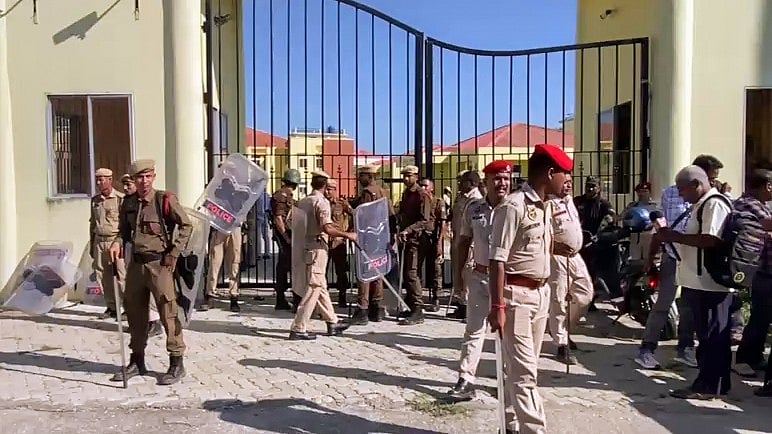
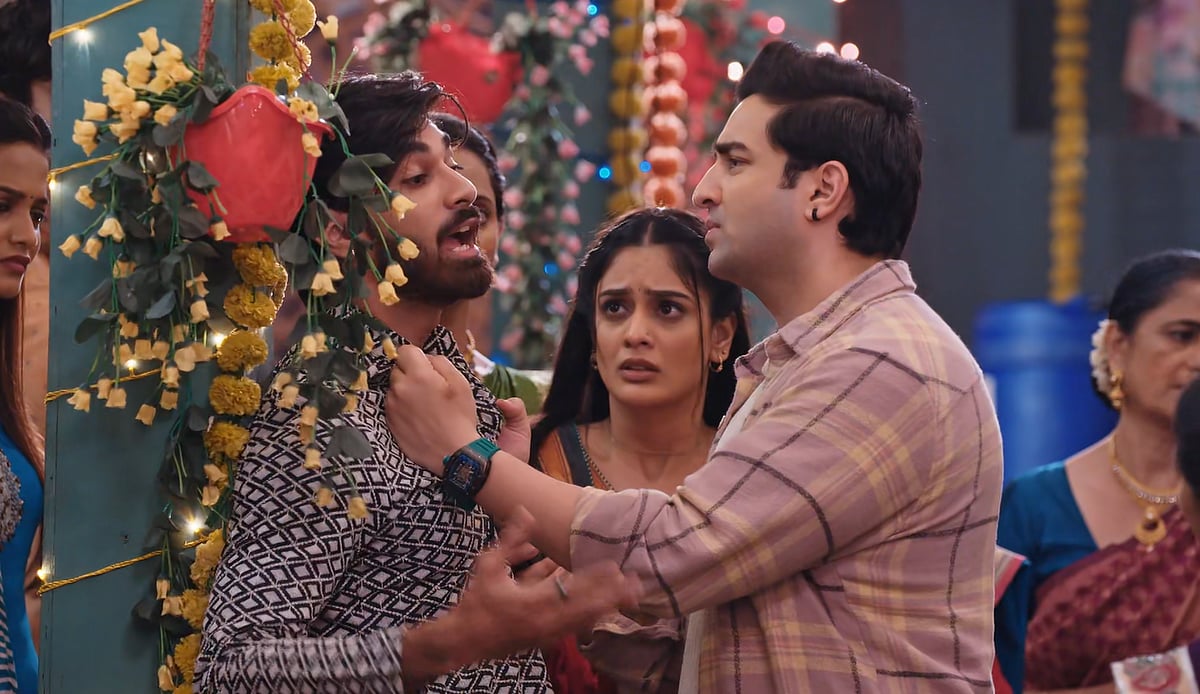

.jpg)

